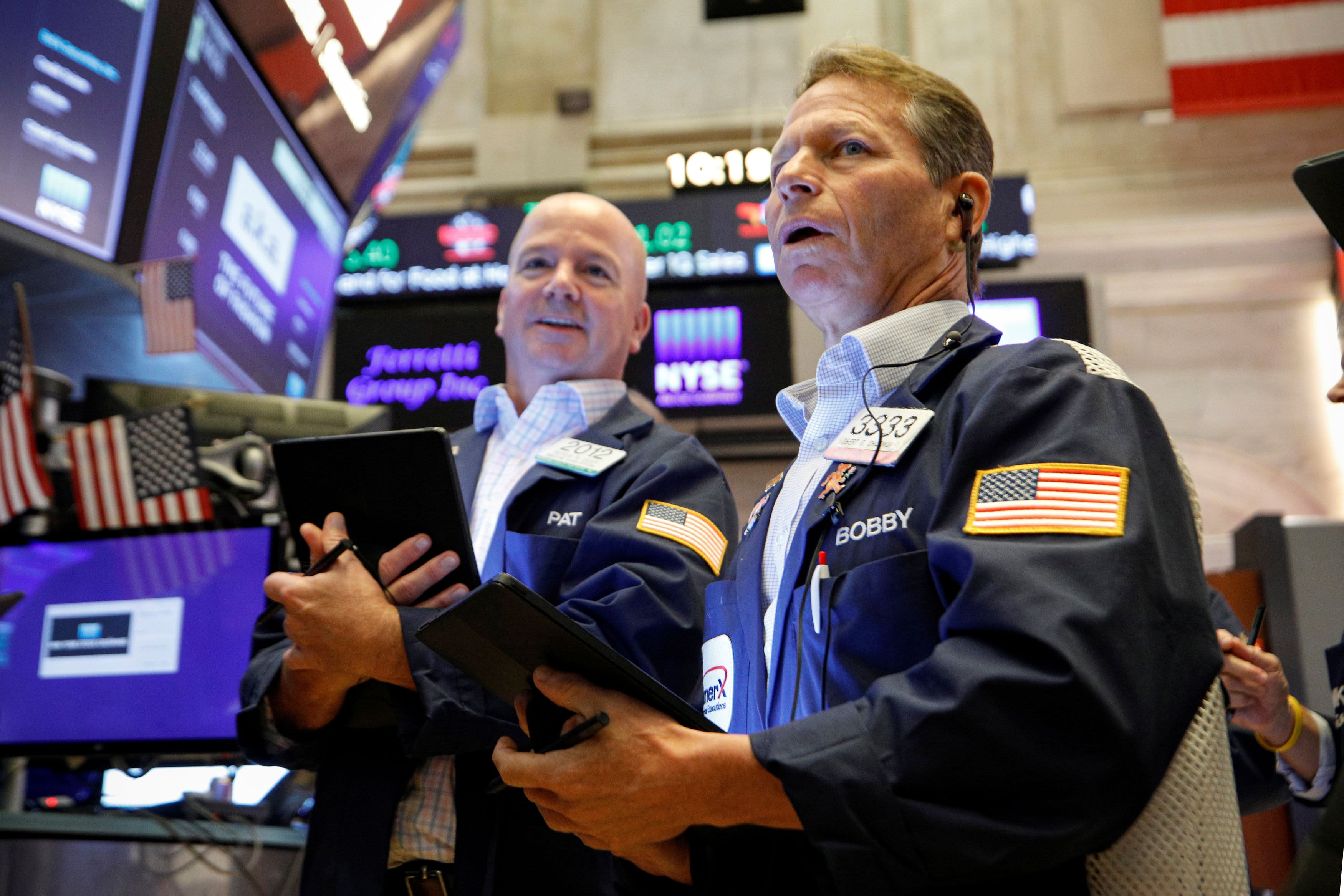Dow futures are little changed following disappointing jobs report

Dow futures traded near the flat line in early trading Friday following September’s disappointing jobs report.
Futures contracts tied to the Dow Jones Industrial Average rose just 13 points. S&P 500 futures were rose 0.2%. Nasdaq 100 futures rose 0.58%. The 10-year Treasury yield was around 1.57%.
There was something for both bears and bulls in Friday’s jobs report, which explains the gyrations in futures following the release. The headline number was a major disappointment as the economy added just 194,000 jobs in September, well below the the Dow Jones estimate of 500,000, the Labor Department reported.
On the positive side, the unemployment rate itself fell to a much lower point than economists forecast. At 4.8%, that’s the same level seen in late 2016. Plus, August’s jobs report miss was also revised up to 366,000 compared to the initial read of 235,000.
A bleaker labor picture could stall the Federal Reserve, as it prepares to slow its $120 billion-per-month bond-buying program.
“This jobs number could call into question the starting point for taper late this year,” said Jamie Cox, Managing Partner for Harris Financial Group. “There are lots of positives in the report, like an uptick in average hourly earnings, but not enough to sugar coat the fact the employment picture remains murky with all the Covid related cross currents.”
The Department of Labor said Thursday that jobless claims for the prior week totaled 326,000. That was lower than the 345,000 economists had been calling for. Continuing claims, meanwhile, declined by 97,000 to 2.71 million.
Stocks advanced during regular trading on Thursday as Washington reached a deal to raise the debt ceiling into December. The Dow gained about 340 points, or 0.98%, for its third straight positive session. The S&P 500 and Nasdaq Composite also advanced for a third day, gaining 0.83% and 1.05%, respectively. The three major averages are on track to finish the week in the green.
Uncertainty around the debt ceiling had been a headwind for the market but other risks remain, including accelerating inflation and rising rates. The 10-year Treasury yield was around 1.57% on Thursday, and UBS sees it rising to 1.8% by the end of the year.
“A steadily improving US labor market and solid US economic growth should provide the Federal Reserve with the green light to start curbing its quantitative easing (QE) program,” the firm wrote in a note to clients.
Wall Street is also preparing for third-quarter earnings season, which kicks off next week.
Become a smarter investor with CNBC Pro.
Get stock picks, analyst calls, exclusive interviews and access to CNBC TV.
Sign up to start a free trial today




